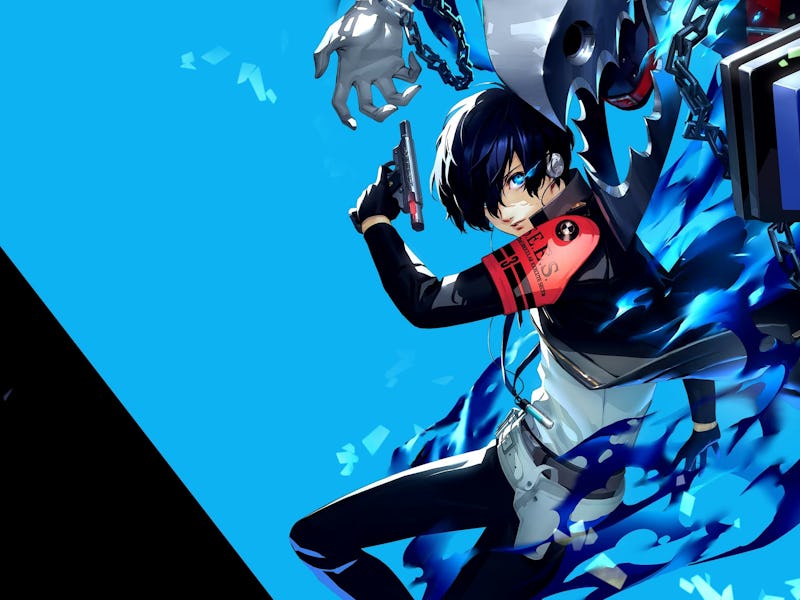The Creator Of Persona 3 Wants To Revolutionize JRPGs Again
Reimagining the future.

Katsura Hashino is the mind behind beloved cult classics like Shin Megami Tensei III, Trauma Center, and Catherine, but he’s best known as the director of Persona 3, 4, and 5, which redefined the franchise’s identity and pushed the entire genre forward. Now, it seems Hashino isn’t content to just keep doing the same thing. The creator has said he wants to fundamentally change the genre’s “structure and presentation,” and create “JRPG 3.0.”
Speaking at the Korean gaming conference G-Star 2025 (as reported by GamesRadar), Hashino and Persona series art director Shigenori Sojima shared their thoughts during a talk titled “When experience becomes memory – designing lasting impressions through art and structure.”
Hashino separated the history of the JRPG into three eras. The 1.0 era includes “true classics” as the foundation, and while he didn’t name specifics, you can imagine games like the original Dragon Quest or Final Fantasy here. We’re currently, according to Hashino, in the 2.0 era, “which feels higher quality due to how much more responsive they are to the player.”
Persona’s social simulation elements have been one of the pivotal RPG innovations over the last two decades.
But things got interesting when Hashino described the aforementioned “JRPG 3.0,” which he sees as the next evolution of the genre. To that end, Hashino says, “There will be a greater dimension to these games, and they’ll change the genre’s structure and presentation at a fundamental level.”
That’s a fascinating thing for Hashino to say, given his involvement in the Persona franchise, as Persona is one of the key series that has changed RPGs on a structural level. The calendar and social systems of Persona 3 were revolutionary, and have bled into many different franchises in the years since, including Trails, Fire Emblem, Yakuza, Blue Reflection, and even the likes of Final Fantasy XV.
How many games now have some kind of bonding or relationship mechanic? Or include a time management system that has you going through the days of a calendar? These are elements that you see in so many games that they’ve become part of the language of JRPGs to the point that it’s easy to forget how innovative Persona 3 actually felt at the time. Even the likes of Metaphor: ReFantazio, at least mechanically, feel derivative.
Countless games have taken liberal inspiration from the Persona series.
It’s fun to imagine what this future might look like in Hashino’s head, and how franchises like Persona tie into that. It echoes what Hashino told Inverse in February, where he talked about the future of how people actually play games, saying, “We’ll see an evolution of how people play, and the technologies where people can interact with games. Something that’s closer to the reality [of the creator] than what it is now.”
I think you can see the threads of what Hashino is talking about starting to form in recent hit RPGs. From a structural perspective, Final Fantasy 7 Rebirth completely rethinks what it means to be a Final Fantasy game. Baldur’s Gate 3 transforms the classic CRPG formula into a blockbuster experience. And while Clair Obscur: Expedition 33 is a grand homage to the history of JRPGs, it takes the genre’s building blocks and transforms them into something that feels fresh and vibrant.
Games like Clair Obscur feel like they’re already shifting the way we see and experience JRPGs.
To me, each of these games represents different seeds of what Hashino is talking about. What it’s like to make a JRPG, and play one, is changing. The bar is being raised, and I can’t wait to see how Hashino responds.